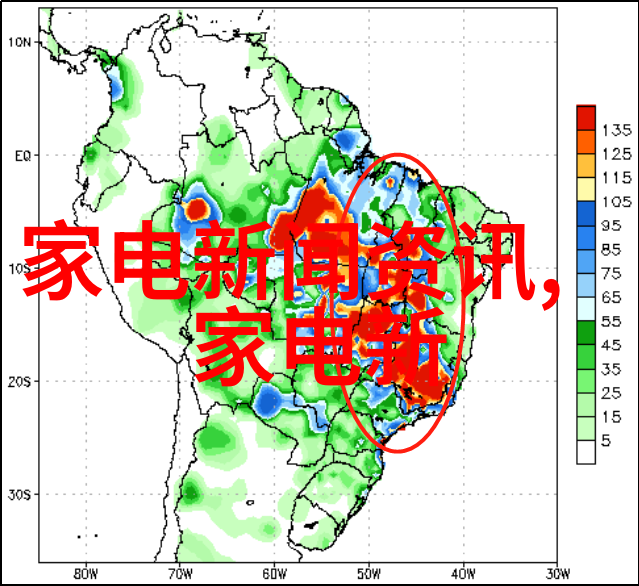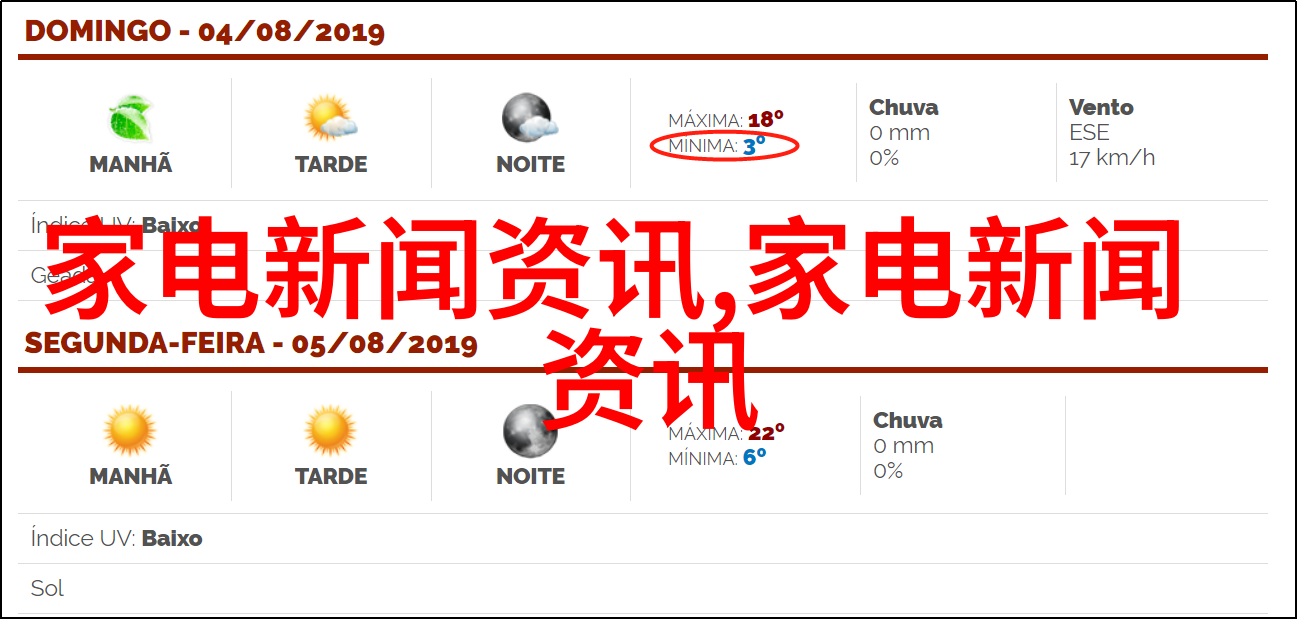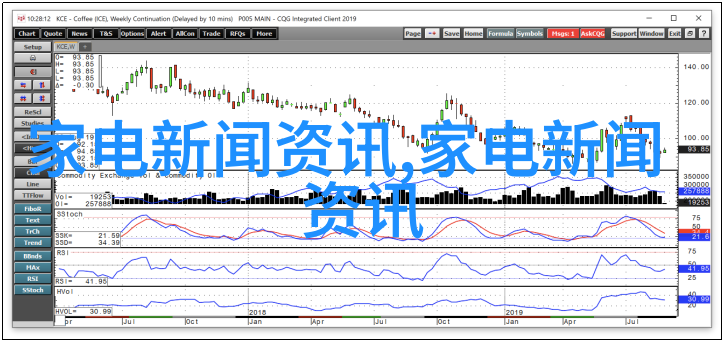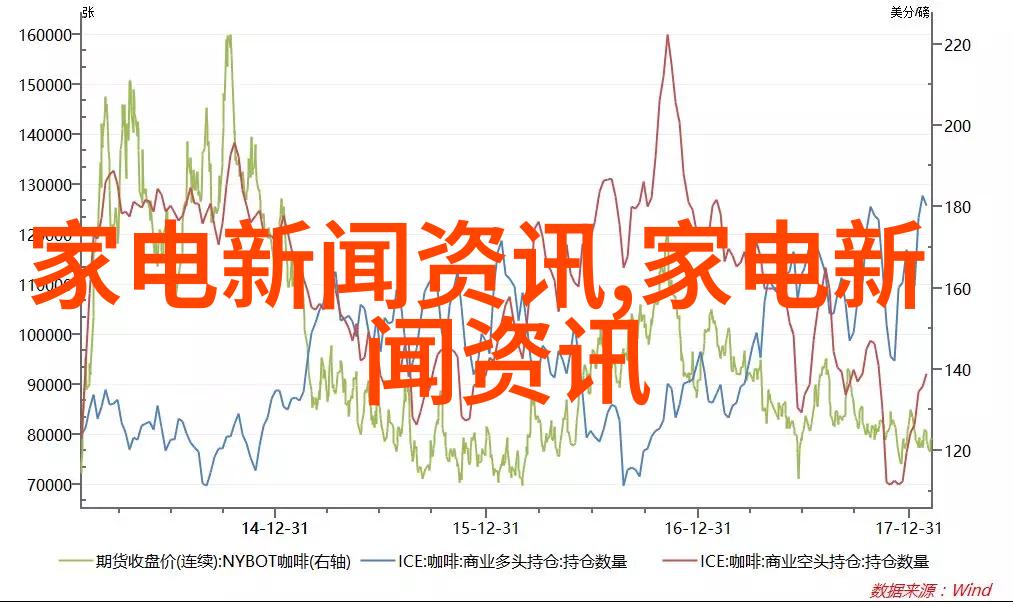探究PVC管与PPR管性能差异:材料特性、应用领域与环境影响的比较研究

引言
在现代建筑和基础设施建设中,管道系统是保障水电供应、排污处理和防洪安全的关键。其中,PVC(聚氯乙烯)管和PPR(聚丙烯随机环氧丁二醇)管作为两种常用的塑料管材,其性能差异决定了它们在不同工程中的适用范围。本文旨在通过对比分析PVC管与PPR管的材料特性、应用领域以及环境影响,以期为工程设计提供科学依据。

PVC管的基本特性
2.1 聚合物结构

PVC是一种由苯乙烯基单位构成的高分子材料,其主要成分为CH2=CHCl。这种结构使得PVC具有良好的耐化学介质腐蚀能力,但也导致其热稳定性较差。
2.2 物理性能

弹性的低温柔韧性,使得它能够承受一定程度的弯曲和压缩力。

良好的耐候性能,能够抵抗紫外线照射引起的老化。
优良的密封性能,可以通过添加剂提高密封度。
PPRPipe Performance Comparison
3.1 环境因素下的表现
3.1.1 耐寒能力考察:由于其弹性的特点,PVC 管具备较强的地面支撑能力,在极端低温条件下仍能保持一定程度的一般使用状态。而相对于之,PPR 管虽然也有很好的耐寒功能,但温度降至极限时可能会出现局部变形或破裂风险。
3.1.2 热稳定性测试:由于其基体不含氢原子而难以发生热分解反应,因此可以更好地抵抗高温带来的损害。但是在长时间、高温工作条件下,由于其本身物理属性上的限制,比如内部摩擦增大等问题,有可能会导致应力的累积,从而影响到整个系统结构完整性的维持。
4.PPR Pipe Characteristics Analysis
4.Pipe Material Advantages and Disadvantages
4.Pipe Material Advantages and Disadvantages:
5.Material Selection for Specific Applications: A Comparative Study of PVC and PPR Pipes in Engineering Construction Projects
5.Material Selection for Specific Applications: A Comparative Study of PVC and PPR Pipes in Engineering Construction Projects:
6.Environmental Impact Assessment of PVC & PPR Pipe Usage on Urban Infrastructure Development.
6.Environmental Impact Assessment of PVC & PPR Pipe Usage on Urban Infrastructure Development.
7.Conclusion:
This research has provided a comprehensive analysis of the differences between PVC pipe and PPR pipe, focusing on their material properties, application domains, as well as environmental implications.
8.References:
[参考文献列表]
9.Appendix:
[附录内容]



